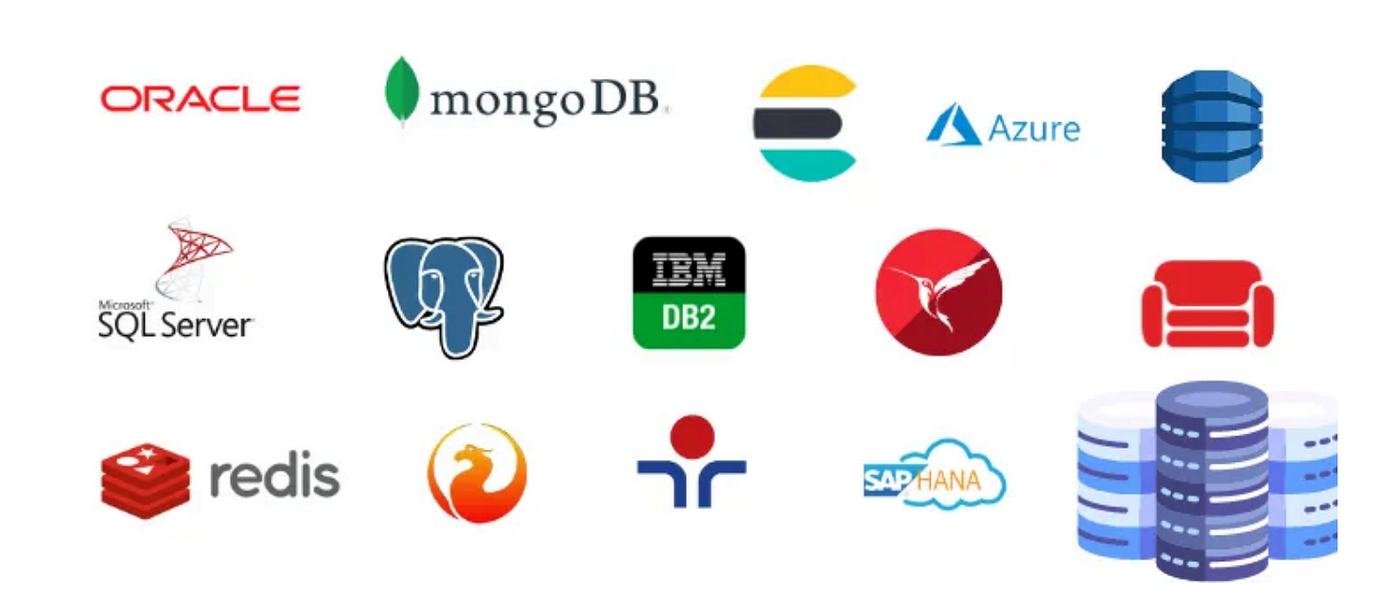In the ever-evolving world of tech, choosing the right database for your project can feel like trying to find a needle in a haystack. With so many options out there, from tried-and-true relational databases to NoSQL solutions, how do you know which one is the best fit?

Source: medium.com
Which Database Should You Use?
There’s no one-size-fits-all answer. The “best” database depends entirely on your project’s unique needs. But don’t worry, I’ve got your back. Let’s break down the key factors you need to consider:
1. What’s Your Data Like?
First things first, take a good hard look at your data:
- Is it highly structured, like financial records?
- Semi-structured, like product catalogs?
- Completely unstructured, like social media posts?
Your data’s structure (or lack thereof) will be a major deciding factor.
2. How Much Data Are We Talking?
Scale matters, folks. Are you dealing with:
- A few gigabytes of data?
- Terabytes?
- Heading into petabyte territory?
Different databases handle scale differently, so be honest about your data volume and expected growth.
3. What’s Your Need for Speed?
Think about your performance requirements:
- Do you need lightning-fast read operations?
- Are write-heavy workloads more your style?
- How about complex queries – are they a big part of your app?
Some databases are speed demons for specific operations but might lag in others.
4. How Flexible Do You Need to Be?
Consider your schema:
- Is it set in stone, or do you need the ability to evolve on the fly?
- Will you be dealing with a wide variety of data types?
Flexibility can be a game-changer for certain projects.
5. What About Consistency and Availability?
Think about the CAP theorem (yeah, I’m getting a bit theoretical here, but bear with me):
- Do you need rock-solid consistency for every single transaction?
- Or can you tolerate eventual consistency in exchange for higher availability?
This is crucial for distributed systems and could make or break your choice.
The Contenders: A Quick Rundown
Alright, now that we’ve covered the key considerations, let’s look at some popular database types and their sweet spots:
Relational Databases (e.g., PostgreSQL, MySQL)
- Best for: Structured data with complex relationships
- Strengths: ACID compliance, strong consistency, powerful querying
- Weaknesses: Can struggle with extreme scale, less flexible schemas
Document Databases (e.g., MongoDB, CouchDB)
- Best for: Semi-structured data, rapid development
- Strengths: Flexible schema, easy scalability, great for hierarchical data
- Weaknesses: Less efficient for complex joins, eventual consistency by default
Key-Value Stores (e.g., Redis, DynamoDB)
- Best for: Simple, high-speed operations, caching
- Strengths: Blazing fast read/write operations, easily scalable
- Weaknesses: Limited querying capabilities, not great for complex data structures
Column-Family Stores (e.g., Cassandra, HBase)
- Best for: Time-series data, log data, IoT applications
- Strengths: Excellent write performance, great for time-based queries
- Weaknesses: Complex setup, not ideal for highly interconnected data
Graph Databases (e.g., Neo4j, ArangoDB)
- Best for: Highly connected data, relationship-heavy applications
- Strengths: Unbeatable for relationship queries, natural data model for certain domains
- Weaknesses: Steeper learning curve, can be overkill for simpler data models
Putting It All Together
Choosing a database isn’t just about picking the shiniest new tech. It’s about finding the right tool for your specific job. Don’t be afraid to mix and match, either. Polyglot persistence (using multiple database types in a single application) is a thing, and it can be powerful when done right.
My advice? Start with your requirements, not with the database. Map out your data, your operations, your scale, and your future needs. Then, and only then, start evaluating specific databases against those criteria.
And remember, the “best” database is the one that lets your developers sleep soundly at night, knowing their data is safe, performant, and ready to scale with their brilliant ideas.






